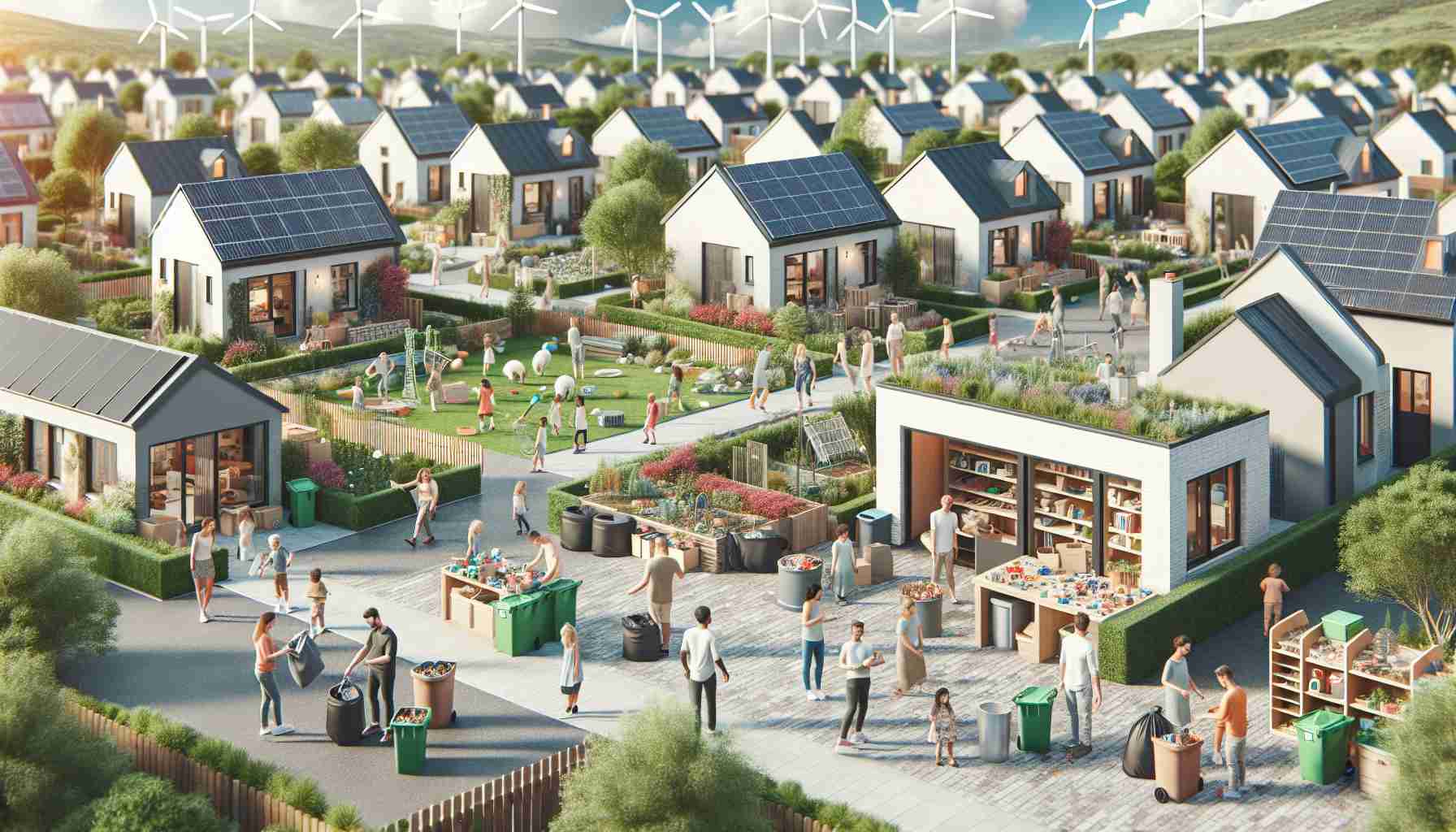A Path Towards greener living: In the quest for a more sustainable future, initiatives like SB 1221 strive to shift residential communities towards all-electric heating and appliances to reduce reliance on traditional gas service. The bill emphasizes the importance of cost-effectiveness in zonal decarbonization projects, ensuring that the investment in these projects is lower than what would be spent on conventional pipeline infrastructure.
Empowering residents: An essential aspect of the transition involves compensating consumers for the additional expenses associated with switching to electric alternatives and covering the ensuing electricity bills. Furthermore, utilities are mandated to prioritize communities that may face economic challenges due to the rising costs of gas service, promoting fair access to sustainable solutions.
Program implementation: The California Public Utilities Commission has until mid-2025 to identify suitable locations and communities for the program, working in collaboration with major gas utilities to map out planned investments. While some utilities have already taken steps towards electrification pilots, challenges remain, such as the treatment of costs for electric equipment and engaging residents effectively.
Overcoming obstacles: Addressing concerns such as upfront costs, lack of familiarity with electric appliances, and potential increases in electricity bills is crucial to ensuring community buy-in. Collaborating with trusted local entities and conducting thorough outreach and education efforts are vital in navigating the intricacies of implementing sustainable solutions on a community level.
Building a sustainable future: By fostering partnerships and understanding the unique dynamics of each neighborhood, the pathway to sustainable living can be paved block by block. Through collaborative efforts and tailored approaches, the vision of environmentally friendly residential communities can steadily come to fruition.
Exploring New Frontiers in Sustainable Living: As the world progresses towards a greener future, innovative approaches are emerging to expand access to sustainable living in residential communities. One key consideration that has not been addressed yet is the integration of renewable energy sources, such as solar or wind power, into the shift towards all-electric heating and appliances. Incorporating renewable energy can further reduce the carbon footprint of communities and enhance their resilience to fluctuations in energy prices.
Unlocking the Potential: A crucial question arises regarding the scalability of sustainable living initiatives. How can we ensure that these programs can be implemented effectively across diverse communities, including those in rural or underserved areas? The answer lies in customizing strategies to meet the specific needs of each community, taking into account factors like infrastructure readiness, demographic profiles, and existing energy consumption patterns.
Challenges on the Horizon: One of the significant challenges facing the expansion of sustainable living in residential communities is the potential disruption to the existing energy market. Critics argue that phasing out traditional gas service in favor of electric alternatives may lead to job losses in the fossil fuel industry and impact energy affordability for certain households. Balancing the economic implications of such transitions while prioritizing environmental sustainability remains a contentious issue.
Pros and Cons: The advantages of transitioning towards sustainable living include reduced greenhouse gas emissions, improved air quality, and enhanced energy security. However, some disadvantages may include initial implementation costs, technical barriers to adopting new technologies, and the need for ongoing maintenance and upgrades of sustainable infrastructure. Striking a balance between these pros and cons is essential for ensuring the long-term success of sustainable living initiatives.
Exploring Further: To delve deeper into the realm of sustainable living in residential communities, interested readers can explore resources provided by the U.S. Department of Energy at sustainable living. This comprehensive website offers valuable insights, tools, and case studies to guide individuals and communities on their journey towards a more sustainable future.
By addressing new perspectives, challenges, and opportunities in the realm of sustainable living, we pave the way for more inclusive and impactful initiatives that can transform residential communities into beacons of environmental stewardship and resilience.
